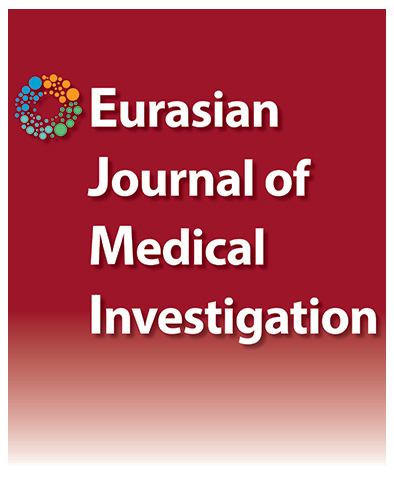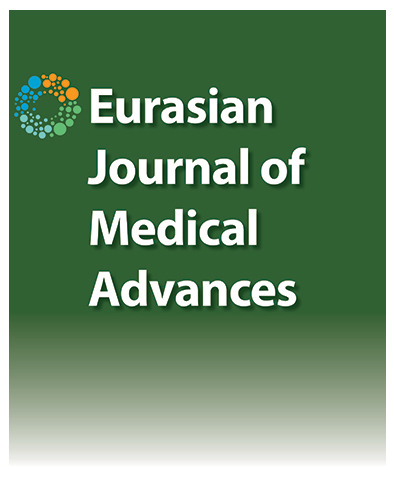Peak Nasal Inspiratory Flow Values and Visual Analog Scale in Snoring Patients
Halil İbrahim AltınerDepartment of Otorhinolaryngology, Bilecik Training and Research Hospital, Bilecik, TürkiyeObjectives: Nasal congestion is a common symptom in nasal disease. There are objective and subjective methods for the evaluation of nasal patency. Acoustic rhinometry, rhinomanometry, and peak nasal inspiratory flow (PNIF) can be counted as objective methods. In this study, the correlation between PNIF measurement and the subjective perception of nasal obstruction measured with the method of the visual analog scale (VAS), was investigated.
Methods: Our study was carried out with participants who applied to Adnan Menderes University Otorhinolaryngology Clinic Snoring Polyclinic between 2021-2022 and volunteered to participate in the study. Patients with lung diseases were excluded from the study. All patients were examined in the same environment. PNIF measurements were made. For nasal obstruction, the patients were asked to indicate their VAS score, the most severe of which was 10 points.
Results: The study was carried out with 92 participants. The mean age of the patients was 38±11, the mean PNIF was 128±42 L/min, and the mean VAS score was 5.2±2. When the mean distribution of PNIF values according to age, gender, BMI, smoking habits, regular sports habits, presence of rhinitis findings, and presence of septum deviation was examined, no statistically significant difference was found between the groups. There was a weak negative correlation between PNIF and VAS score values.
Conclusion: PNIF is a low-cost, easy-to-use method for the objective evaluation of nasal obstruction. The VAS score can also be used for the preliminary evaluation of nasal obstruction before objective tests. We recommend using both methods together, if possible.
Manuscript Language: English





